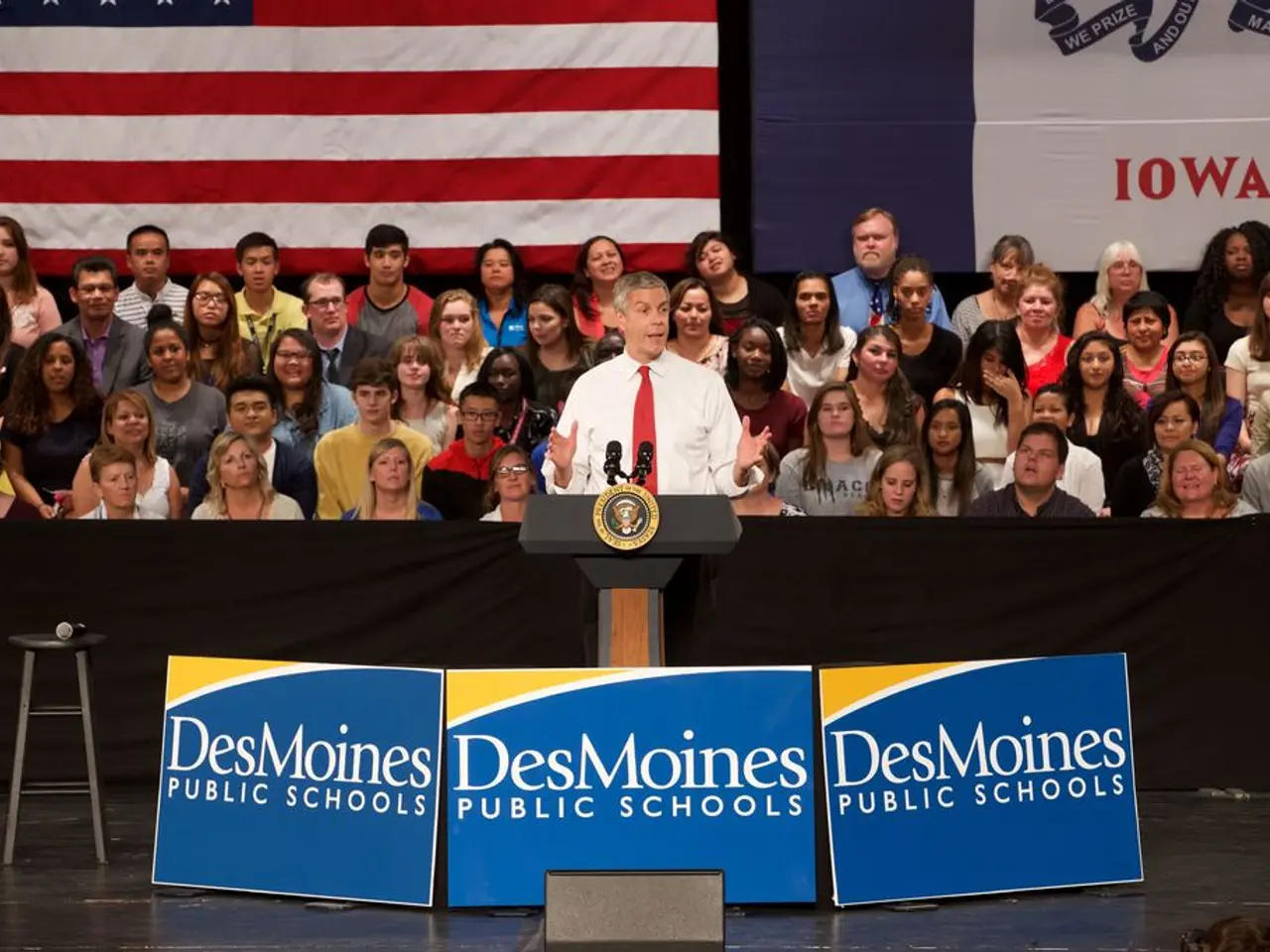Anticipated US objectives, Russian desires, and Ukrainian apprehensions: each party's expectations for the Trump-Putin meeting
The much-anticipated summit between US President Donald Trump and Russian President Vladimir Putin, held on August 15, 2025, ended without a peace agreement or ceasefire in the ongoing Russia-Ukraine conflict. The meeting, the first in more than four years, took place at a US air base in Alaska.
The summit marked Trump's first opportunity to broker a deal in person, and Putin's first US visit in a decade. However, the deep-rooted differences between the three key parties – Russia, Ukraine, and the United States – proved to be insurmountable.
Russia's Demands
Russia sought a peace treaty that would require Ukraine to declare neutrality, formally abandon its bid to join NATO, and limit the size of its armed forces. Russia also aimed to cement its territorial gains made since the 2022 invasion and keep Ukraine from hosting Western troops. Moreover, Putin demanded Ukraine's acceptance of Russia’s annexation claims over eastern and southern Ukraine territories.
Ukraine's Demands
Ukraine, on the other hand, insisted on maintaining its sovereign right to seek NATO membership and refuses any acknowledgment of Russian annexation of its territories. President Volodymyr Zelenskyy agreed in principle to a ceasefire but not to any deal that compromises Ukraine’s territorial integrity or sovereignty. Ukraine sought a "just peace" where its future decisions are made by Ukrainians themselves, not imposed by Russia or external powers.
United States' Position
Trump pushed for a peace deal that would involve some territorial concessions by Ukraine, signaling that Ukraine must make compromises to end the conflict. The US aimed to broker a framework agreement potentially including a ceasefire, minor land swaps, Ukraine’s non-recognition of Russia’s annexations, restrictions on NATO expansion into Ukraine, and a gradual rollback of Western sanctions on Russia. However, Trump's stance has been viewed as more aligned with Russia’s interests than Ukraine’s, emphasizing a full peace deal over a ceasefire and security guarantees for Kyiv.
Despite repeated calls with Putin and several visits by US envoy Steve Witkoff, Trump failed to extract any major concessions from the Kremlin. The US president has been criticised for appearing to be more accommodating towards Russia's demands than those of Ukraine.
The outcome of the summit was a failure to reach any agreement, with both sides maintaining their positions. Trump suggested the onus was now on Ukraine to make territorial concessions to end the war, while Russia held firm on its key demands.
The conflict, which began in 2022, continues to rage on, with no end in sight. The summit's failure to produce a peace agreement has raised concerns about the future of Ukraine and the region as a whole. The international community, including European leaders, continues to provide support for Ukraine and advocate for a peaceful resolution to the conflict.
- The deep-rooted differences between Russia, Ukraine, and the United States in the Russia-Ukraine conflict were evident during the summit, as each party held steadfast to their respective demands.
- Despite Trump's attempts to broker a peace deal, the summit's failure to produce an agreement has heightened concerns about the future of Ukraine and the escalation of war-and-conflicts in general news.






